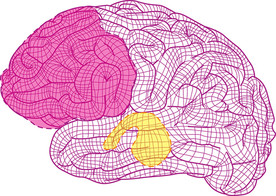Harmful Effects of Prolonged Bed Rest in Cardiovascular Disease
Extended bed rest carries meaningful risks for people with heart and vascular conditions. One common problem is orthostatic hypotension, a drop in blood pressure when moving from lying to standing that can cause light‑headedness, fatigue, blackouts, or even fainting. Deconditioning during inactivity also lowers total blood volume, which reduces ventricular filling, stroke volume, and overall cardiac output; with less circulation and oxygen delivery, everyday activities feel harder and cardiopulmonary capacity declines.
Immobility slows venous return and can increase blood viscosity, raising the likelihood of angina in susceptible patients and increasing the risk of deep‑vein thrombosis in the legs. Muscles weaken and may atrophy, joints can become stiff with contracture‑like adhesions, and unloading the skeleton accelerates bone loss, contributing to osteoporosis over time. These effects compound, making recovery slower the longer a person remains inactive.
Many patients worry that moving will “strain the heart,” but routine activities of daily living—eating, washing, brushing teeth, dressing, and slow walking—typically require only about twenty to fifty percent more energy than lying in bed. The physical and psychological benefits of gentle, supervised activity usually outweigh the risks of continued immobility. When medically appropriate, begin with small, frequent bouts of upright time and short walks, stand up slowly to reduce dizziness, and progress gradually. Always follow the advice of your treating clinician or a qualified rehabilitation professional so that activity is tailored to your diagnosis, medications, and current status.







